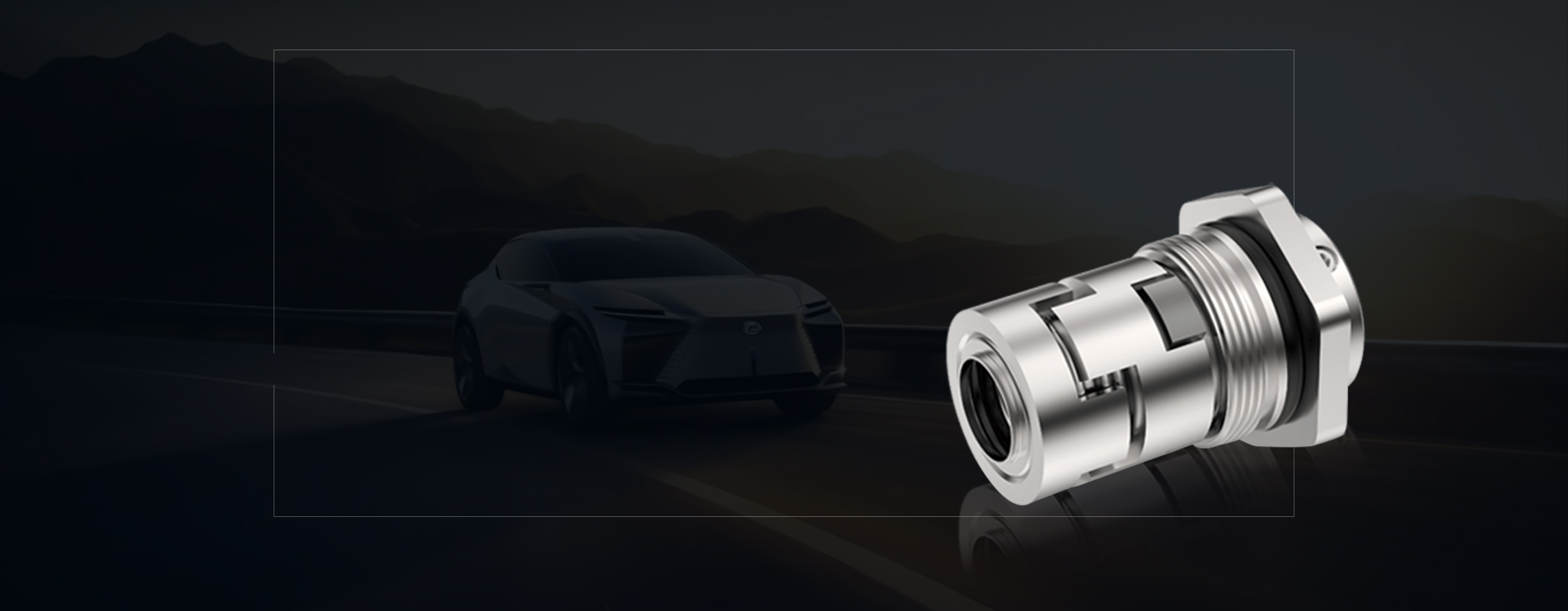In the petrochemical industry, the safe operation of pumps for easily vaporized media (such as pumps for light hydrocarbon media) mainly depends on the reliability of the shaft seal. Because most light hydrocarbon media are flammable and explosive dangerous substances, such as methane, ethane, propane, butane, ethylene, propane, propylene, etc. These media not only have the characteristics of low boiling point and easy vaporization, but also have the characteristics of high vapor pressure, low viscosity, low ignition point, and high pollution. For mechanical seals that seal such media, it is difficult to maintain a stable fluid film between the end faces due to the easy vaporization of the fluid, and the gas-liquid mixed phase is unstable and frictional, and phenomena such as "steam spray" and "squeaking" occur, and even the sealing end faces are completely opened. And serious leakage, or in a state of severe dry friction, make the seal fail early. Therefore, the sealing problem of light hydrocarbon pumps has always been a practical problem that plagues long-term safe production.
At present, for the transport of light hydrocarbons and other easily vaporized medium pumps, single-end, double-end, tandem and other contact mechanical seal structures are mainly used in China.
For the light hydrocarbon pump, the liquid film between the single-end contact mechanical seals is vaporized, which turns the liquid into a vapor and undergoes a phase change; on the other hand, since the saturated vapor pressure of the light hydrocarbon is higher than the ambient atmospheric pressure (Fig. When the medium flows through the sealing end face gap, a pressure drop occurs, and it must vaporize at a certain position, that is, a phase change occurs. Therefore, according to the different phase states of the end face fluid film, it can be divided into liquid-phase sealing, gas-phase sealing or gas-liquid mixed-phase sealing.
Silicon Carbide Inserts

Silicon Carbide Inserts


 英语
英语 西班牙语
西班牙语












